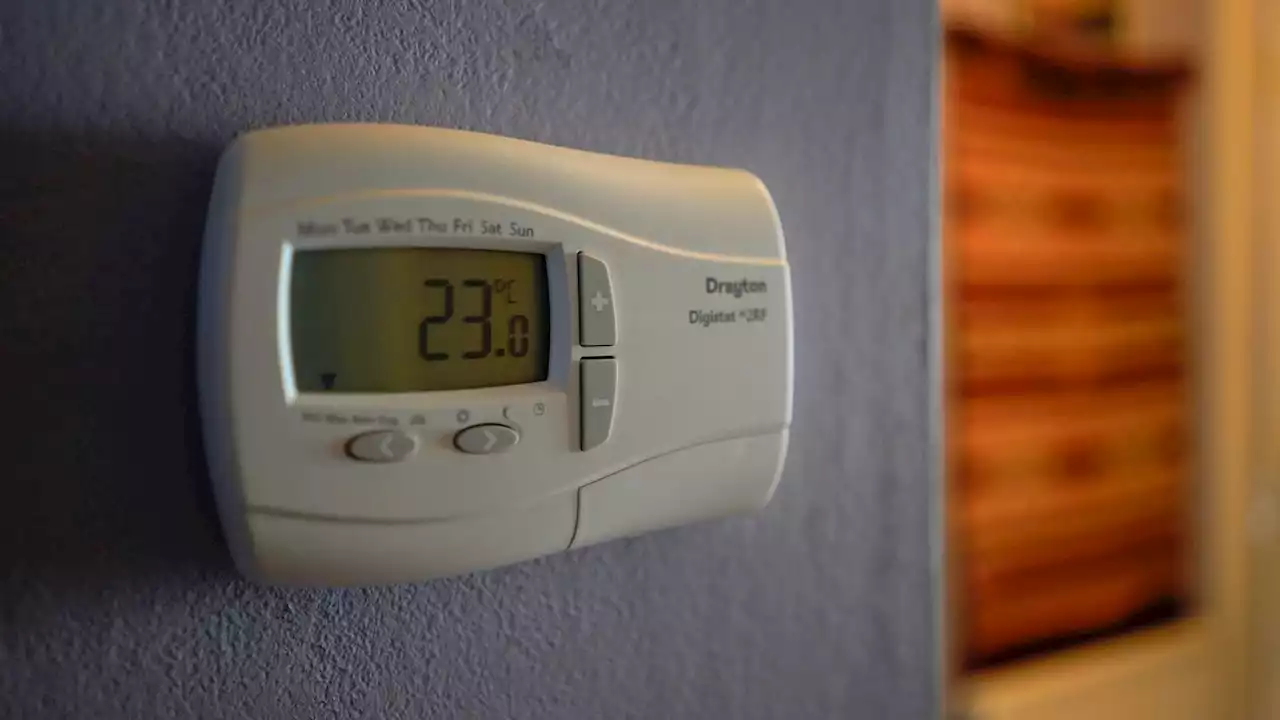The government said its changed approach after April will 'cost the taxpayer significantly less than planned' and will target those most in need of support
The price cap raise resulted in a typical default tariff customer paying an extra £1,578, before the price guarantee measure took effect.The October price cap rise followed a 54% increase in April, which saw average bills surge to £1,971 a year.It was always important to review the universal nature of the energy price guarantee, Cornwall Insight said.
Targeted schemes to help those most in need of support, along with energy efficiency measures, need to be taken, the analysts said. "Now constructive attention needs to turn to what a replacement scheme looks like from April to ensure that those who need support receive it, and that whatever options are taken forward can form the foundation stones of an enduring, fair and sustainable market after the current crisis subsides."National Energy Action said ending the energy guarantee after six months is an"almighty trade-off" and has created"huge uncertainty".
Questions on who will continue to receive supports and in what amounts need to be answered quickly, the National Energy Action chief executive Adam Scorer said. "Many vulnerable people were holding on by their fingertips. Government has to be very, very careful it doesn't prise them away."
